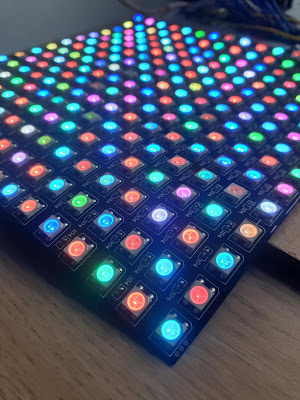Quadcopter control board - part 1
Quadcopters and custom Eagle parts
So I finally started my quadcopter project! I want it to do certain things - for simplicity, I wanted to use cheap modules that you can find on Ebay or Amazon for the accelerometer, gyroscope and magnetometer. I decided to add a micro USB port as a convenient 5 V power source, but quickly reasoned that full USB support with a FT232RL chip would be an easy way interact with the board and to spit out debug information. So I picked up a bunch of micro USB with through-hole female ports from Ebay for next to nothing... then promptly realised they were completely non-standard and I would have to create my own custom Eagle part. This turned out to be really quite simple. With digital vernier calipers in hand the footprint part I created (inset) in a prototype design turned out to be near perfect - result!
For the accelerometer and gyroscope I'm using a MPU-6050, and for the magnetometer, a HMC5883L module. Essentially the design is close to a Arduino Nano, using a FT232RL USB/UART interface, an Atmega328p chip, and a schottky diode (MBR0520) to provide power from the quadcopter ESC, without back-powering the USB port.
I want to damp the vibrations of the quadcopter motors, using an anti-vibration "ear plug" mount. Because of height constraints in my final design, I've decided not to attach a PCB to the top mount plate, but instead to replace the top mount plate with a suitably shaped PCB, see below. In this case, I will probably manufacture PCB boards with OSHPark, and it's possible (though apparently not officially supported) to generate a custom PCB shape, by defining an outline in Eagle on layer 20 (Dimension). I've created a "part" with the correct package shape and simply dropped it into my schematic.
The board is not finished yet, but the custom parts at least seem to be of the correct dimenstions. This is great news, as I plan to use these in other projects. I need to finalise a few aspects of the design, including adding header pins for a nRF24L01+ radio module. More to follow soon!





Comments
Post a Comment